 In an interview with animal nutrition expert Laurie Lawrence, PhD at the 4th annual UK Kentucky Breeders' Short Course in Lexington, TheHorse.com interviewers ask an excellent question: what’s the best way to reduce feed costs without compromising your horse’s nutrition. The answer was surprisingly simple.
In an interview with animal nutrition expert Laurie Lawrence, PhD at the 4th annual UK Kentucky Breeders' Short Course in Lexington, TheHorse.com interviewers ask an excellent question: what’s the best way to reduce feed costs without compromising your horse’s nutrition. The answer was surprisingly simple.
1. Reduce feed waste
Hay waste is super common on horse farms, often resulting in owners having to purchase 25% more feed than their horses are actually receiving. This can be managed and reduced in several ways to save money on hay without reducing your horse’s intake. More on that in a minute...
2. Avoid over-supplementing
 Ensuring your horse gets adequate vitamins and minerals in his diet is important, however, what many people don’t realize is that if they are feeding a fortified feed (most commercial feeds are fortified feeds) then they are already feeding their horse the correct vitamin and mineral profile to meet his needs. Adding a supplement to that is not only a waste of money, it could result in toxicity of certain elements if they are over-present in the diet.
Ensuring your horse gets adequate vitamins and minerals in his diet is important, however, what many people don’t realize is that if they are feeding a fortified feed (most commercial feeds are fortified feeds) then they are already feeding their horse the correct vitamin and mineral profile to meet his needs. Adding a supplement to that is not only a waste of money, it could result in toxicity of certain elements if they are over-present in the diet.
Read your feed labels and consult with your vet to be sure. See the video interview with Dr. Laurie on TheHorse.com: http://www.thehorse.com/videos/31240/q-a-trimming-feed-costs and now...
What Causes Hay Waste?
 Reducing feed waste is something we are really passionate about here at Lighthoof. We see so many cases where horses are being fed hay outside on muddy ground.
Reducing feed waste is something we are really passionate about here at Lighthoof. We see so many cases where horses are being fed hay outside on muddy ground.
This is often unavoidable at most farms but it’s dangerous for two reasons:
- As much as 25% of your horse’s ration gets trampled into or absorbed by the mud, either unintentionally reducing his intake to below his needs or requiring you to overfeed in order to make up for the waste.
- And, mud sticks to the hay which makes it impossible for the horse to eat without ingesting a considerable amount of particulate matter from the ground. This can cause impaction colic or “sand colic” (interesting to note that “sand” colic is more commonly caused by muddy feeding conditions than sandy ones - perhaps it should be called mud colic?).
Lighthoof’s 3 Ways to Reduce Hay Waste
1. Eliminate Mud in Your Feeding Area
 Create a clean, dry place for your horse to eat. If he’s fed outside in a paddock, then the paddock will need at least one mud-free area in which to feed hay. Lighthoof is a great solution for even very deep mud. It’s a flexible plastic panel that supports gravel in connected cells to create a solid base that fixes and prevents mud. Since it comes in 6’ x 12’ panels, you can use a few panels to create a “hay island” for your horses to eat on, or go fenceline to fenceline in your paddocks for mud-free bliss. Find out more at www.lighthoof.com.
Create a clean, dry place for your horse to eat. If he’s fed outside in a paddock, then the paddock will need at least one mud-free area in which to feed hay. Lighthoof is a great solution for even very deep mud. It’s a flexible plastic panel that supports gravel in connected cells to create a solid base that fixes and prevents mud. Since it comes in 6’ x 12’ panels, you can use a few panels to create a “hay island” for your horses to eat on, or go fenceline to fenceline in your paddocks for mud-free bliss. Find out more at www.lighthoof.com.
2. Contain Your Hay on the Bottom and Sides
 A open hanging hay rack or hay net does not do the job of preventing hay waste. Scraps fall out and land on the ground where they are trampled and wasted. A fully enclosed feeder large enough for the day’s hay, like this one from Noble, can prevent quite a bit of hay waste and keeps your feed cleaner to prevent impaction colic. http://www.noblepanels.com/corner-feeders.htm
A open hanging hay rack or hay net does not do the job of preventing hay waste. Scraps fall out and land on the ground where they are trampled and wasted. A fully enclosed feeder large enough for the day’s hay, like this one from Noble, can prevent quite a bit of hay waste and keeps your feed cleaner to prevent impaction colic. http://www.noblepanels.com/corner-feeders.htm
3. Restrict Consumption Speed to Imitate Grazing
 Even better is an enclosed slow feeder. The slow feeder or slow grazer makes it impossible for the horse to pull out more hay than he can chew and swallow. This all but eliminates hay waste, keeps him entertained for longer, and mimics natural grazing for his digestive system. Slow feeding nets are great for slowing consumption but some hay still makes it to the ground. Try one of these fully enclosed options, or try placing your filled nibble net (small hole hay net) into an enclosed feeder like the Noble one. Porta-Grazer: http://www.porta-grazer.com/ Slow Grazer: http://grazingbox.com/ Try any or all of these three techniques to ensure that more of your hay makes it safely and cleanly into your horse. Have any ideas for reducing hay waste or saving money on feed? Share them with us in the comments below.
Even better is an enclosed slow feeder. The slow feeder or slow grazer makes it impossible for the horse to pull out more hay than he can chew and swallow. This all but eliminates hay waste, keeps him entertained for longer, and mimics natural grazing for his digestive system. Slow feeding nets are great for slowing consumption but some hay still makes it to the ground. Try one of these fully enclosed options, or try placing your filled nibble net (small hole hay net) into an enclosed feeder like the Noble one. Porta-Grazer: http://www.porta-grazer.com/ Slow Grazer: http://grazingbox.com/ Try any or all of these three techniques to ensure that more of your hay makes it safely and cleanly into your horse. Have any ideas for reducing hay waste or saving money on feed? Share them with us in the comments below.
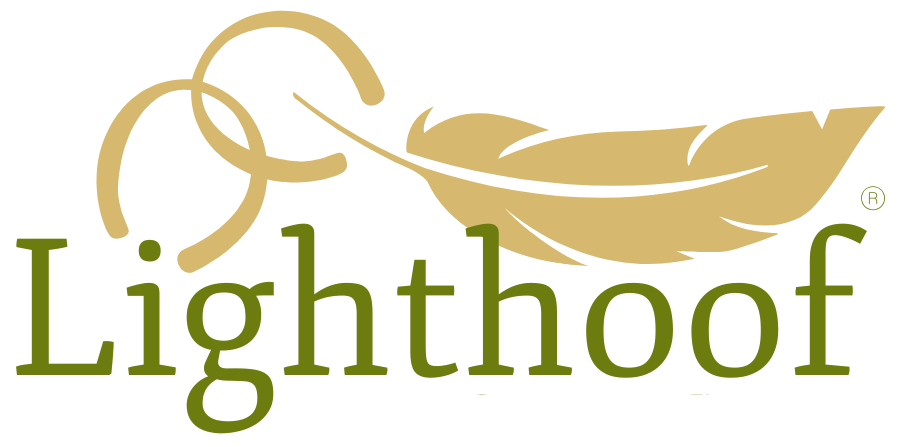
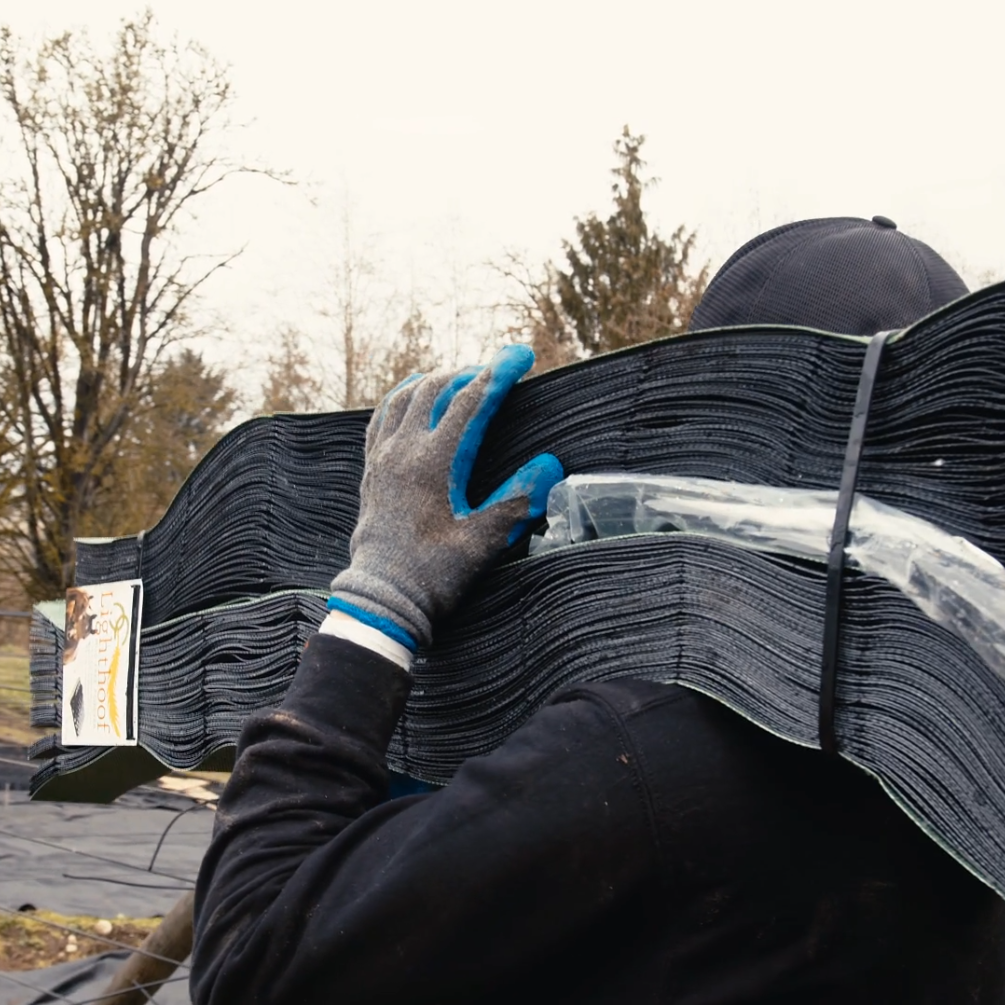
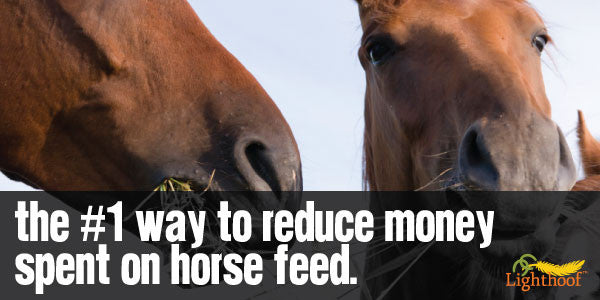
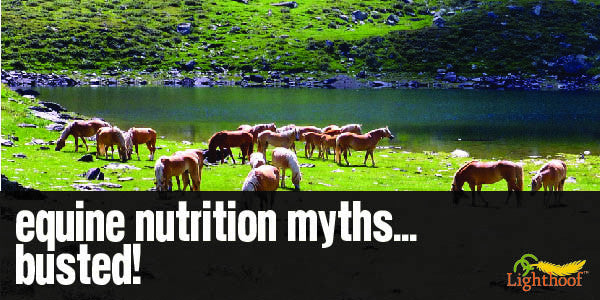
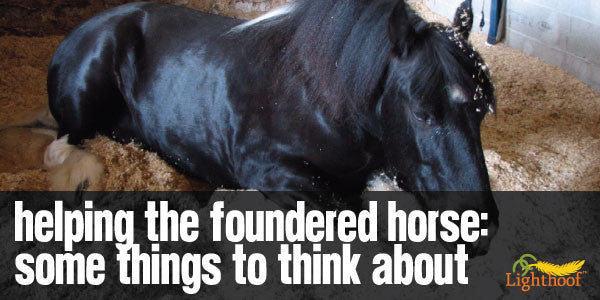
Leave a comment
This site is protected by hCaptcha and the hCaptcha Privacy Policy and Terms of Service apply.